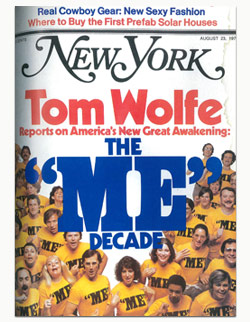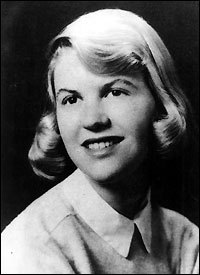After spending three months in the Contemporary Poetry class, I've studied about many American poets, like Walt Whitman or Amiri Baraka, different types of poems, such as unusual typography and parallelismus membrorum, and different poetry movements, like the Black Arts Movement or the Beat Movement, as well. There were poems that associated with music, in which Bob Dylan and Public Enemy made this connection possible. Even some Black Arts Movement artists like Quincy Troupe read his poems with some jazz music in the background.
And of course, I wrote some poems, which resulted from my imagination and my perspective of the world.
Moreover, I got to learn how to write a blog post properly, and practiced my skill of writing blog every week. Each week, we discussed poets living in each decades, from the end of 1800s to the most recent poets, who are still alive like Sherman Alexie. We had to write our blog posts focusing on anything that occurred during these time periods, and connect them to what our class talked about during the week.
Through this blog project, I had learnt a lot about the context in which poems were written, and how they connected to the meaning of each poem we read in class. I understood the meaning of the poems thoroughly, and I could clearly see the difference in the way of storytelling between poems and lengthy novels.
I'm going to miss this class so much next term!!! :(
















